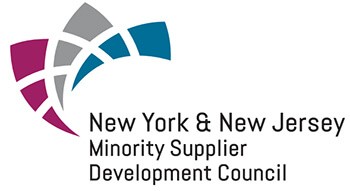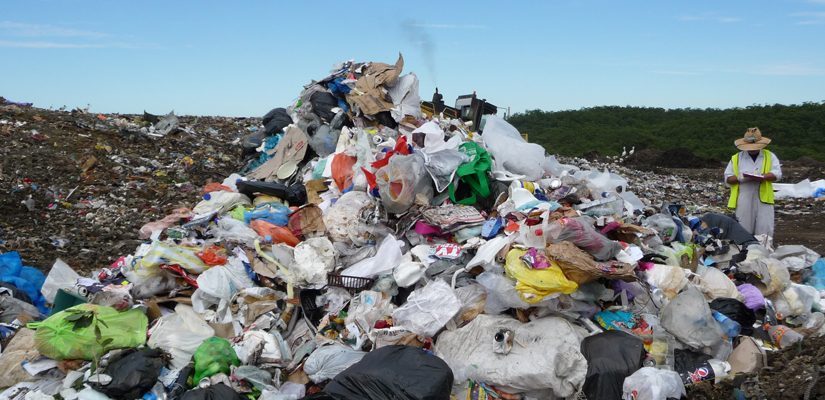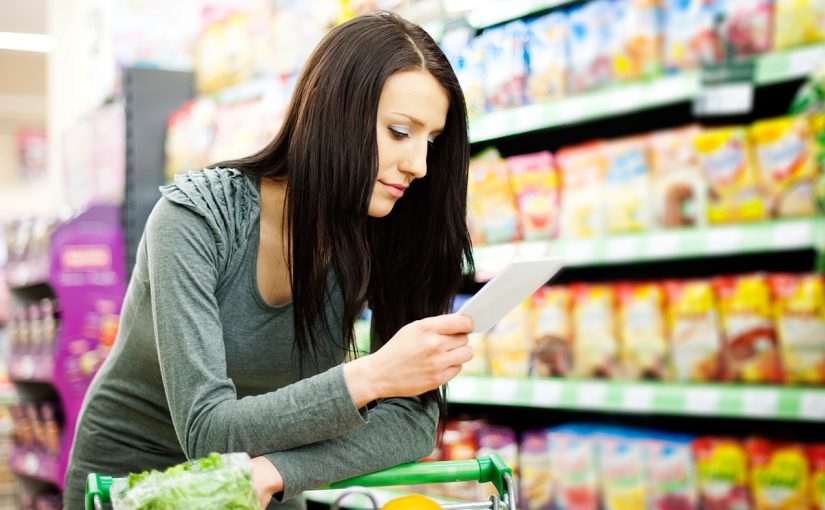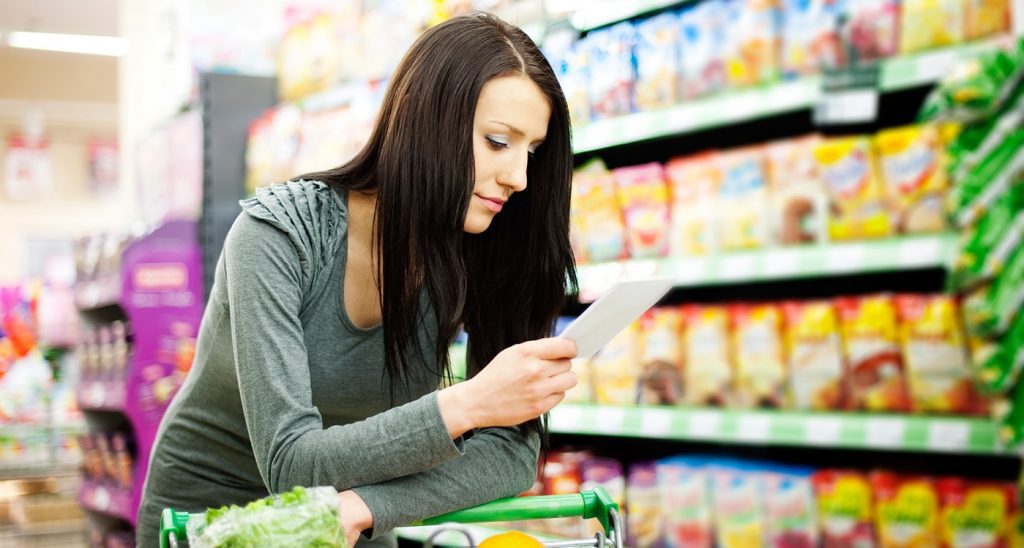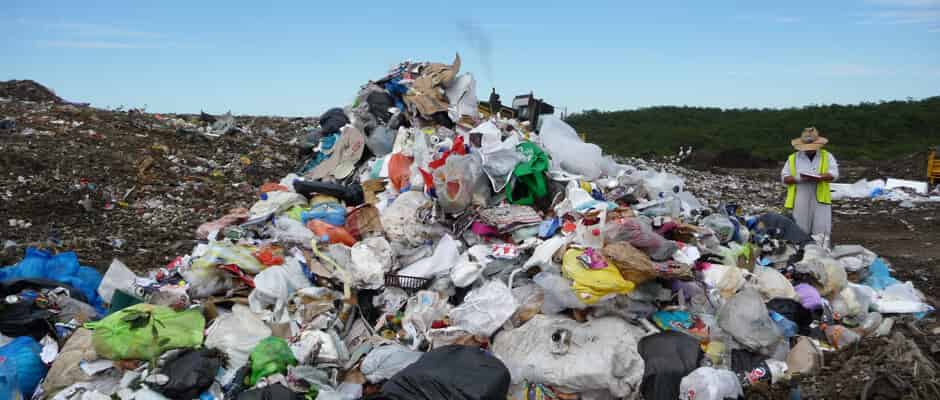
Whether it’s your favorite mushroom pizza, iPod, or a gaming console, every consumer good comes in a nice packaging. Once you unwrap the product, you just throw away the packaging (well, everyone does this.)
After all, why anyone need those corrugated boxes, glasses, colorful plastic wrappers and polythene. They are simply useless. Right?
But have you ever thought where this packaging waste goes from your trash bins? The waste goes to landfills or oceans, if it is not possible to recycling it.
And 486,116,066 tons of household garbage is thrown out every year, meaning that 50 tons of garbage in a second. Needless to say such huge amount of waste has turned our ocean and lands into a mass dumping ground. National Geographic reveals that 269,000 tons of this waste is floating on the oceans’ surfaces and that’s only plastic.
Packaging waste not only creates litter or chocks the drains, but also causes tangible harm to environment and life.
Here we have listed the impacts of packaging on environment…
Deforestation:
Cardboard boxes and paper packaging are made from wood. Nearly 4 billion trees are cut down worldwide to meet the consumption of paper. The per capita paper consumption in the US is more than any nation in the world. Paper is heavily used by American industries in making cardboard and packaging boxes. The excessive use of paper will simply lead to deforestation, which in turn risks the environment.
Besides, carbon dioxide that forests remove from the atmosphere is stored in the woods and paper products throughout their lives. Nearly 160 kg of CO2 are released during the production of 200kg of paper, which is equivalent to the amount released by a typical family car over 1,000 km.
Wildlife Harm:
Plastic packaging is notorious for causing harm to both environment and wildlife. A significant number of animals like cows die each year after swallowing the plastic bags. The chemicals used in paper packaging can affect animal health once they are chewed by them. Sea turtles often mistakes plastic bags for jellyfish that is irresistible food for many sea turtle species.
Clogged Sewage Systems:
Most packaging products like cardboard, glass and plastic don’t dissolve in water. The debris of such waste is collected and carried by runoff water which ends up into the sewage systems. The accumulation of the waste in the sewage system not only generates unpleasant smell, but also creates certain hygienic problems.
Polluting Air, Water and Soil:
Packaging waste is one of the major causes behind the environmental pollution. It affects air, water and soil. 1.9 million tons of packaging waste generates greenhouse gas which is equivalent to the amount released by 860,000 cars.
Wrapping Up…
So these are the harms caused by product packaging. With the USA is already on the verge of being the largest dumping ground, we should be aware of the ways to reduce the packaging waste.
